Columbus, Ohio, has a rich history of urban development that reflects the broader trends in American urbanization. Here’s an overview of key points in the city’s urban development history:
- Early Settlement and Growth (Late 18th Century – Early 19th Century):
- Columbus was founded in 1812 at the confluence of the Scioto and Olentangy Rivers. It became the state capital of Ohio in 1816.
- The city’s early growth was influenced by its strategic location as a transportation hub, with the National Road and Ohio-Erie Canal connecting it to other parts of the state and the country.
- Industrialization and Economic Growth (Late 19th Century – Early 20th Century):
- Columbus experienced significant industrialization in the late 19th and early 20th centuries, with manufacturing and industry playing a crucial role in the city’s economy.
- The city’s population grew as people moved from rural areas to work in factories and other industrial enterprises.
- Post-World War II Suburbanization (1940s – 1960s):
- Like many other American cities, Columbus witnessed suburbanization in the post-World War II period. This was fueled by factors such as the availability of affordable housing, the growth of the automobile industry, and improved transportation infrastructure.
- Suburban development led to the expansion of residential areas outside the city center.
- Urban Renewal and Redevelopment (1960s – 1980s):
- During the mid-20th century, Columbus, like many other cities, experienced urban renewal efforts. Some historic neighborhoods were demolished to make way for new developments and highways.
- The creation of the Greater Columbus Convention Center and the development of the Arena District are examples of this era’s efforts to revitalize the urban core.
- Downtown Revitalization (1990s – Present):
- In the 1990s, Columbus began to focus on revitalizing its downtown area. The construction of Nationwide Arena, home to the NHL’s Columbus Blue Jackets, and the expansion of the Short North Arts District are notable developments during this period.
- The Riverfront area underwent significant transformation, with the development of parks, trails, and recreational spaces.
- Smart City Initiatives and Innovation (21st Century):
- Columbus has embraced smart city initiatives, leveraging technology to enhance infrastructure, transportation, and public services. The city won the U.S. Department of Transportation’s Smart City Challenge in 2016, leading to investments in innovative transportation solutions.
- Population Growth and Diversity:
- Columbus has experienced steady population growth, becoming one of the fastest-growing major cities in the United States. The city’s diverse economy, driven by sectors like education, healthcare, and technology, has contributed to this growth.
- Current Challenges and Future Developments:
- Columbus faces challenges related to equitable development, transportation infrastructure, and affordable housing. Efforts are ongoing to address these issues while promoting sustainable and inclusive urban growth.
Columbus’s urban development history reflects the broader trends of American cities, with phases of expansion, suburbanization, urban renewal, and a renewed focus on downtown revitalization and innovation in the 21st century.

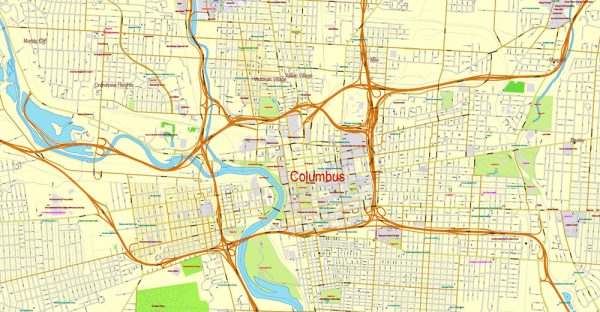
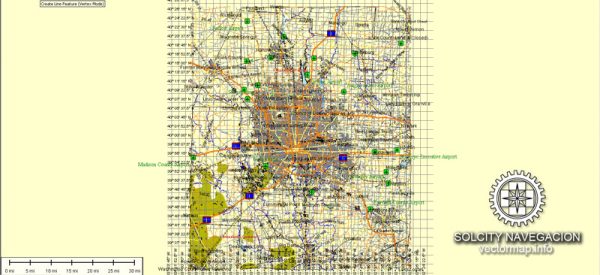
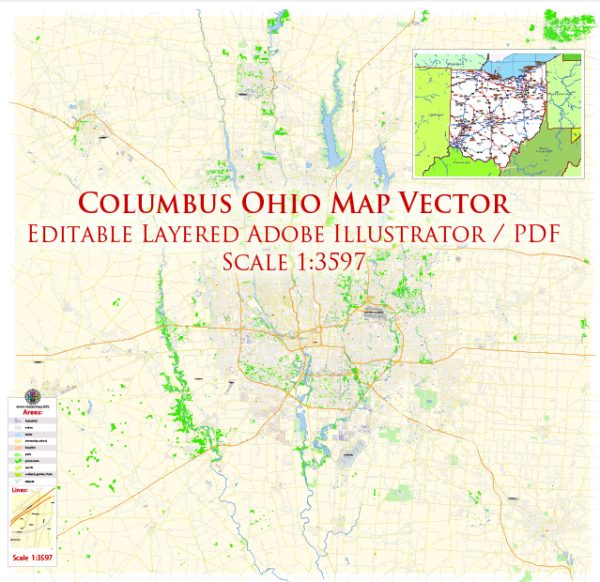
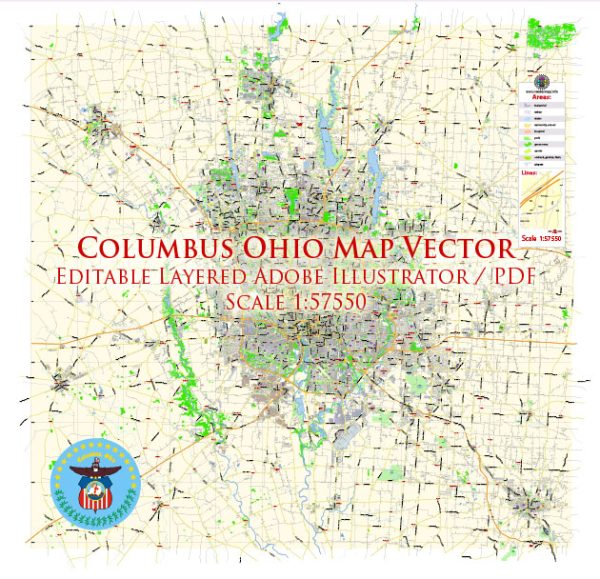
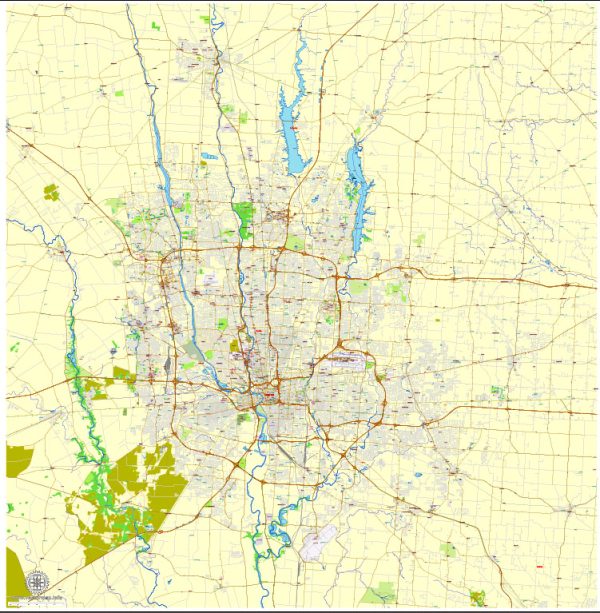
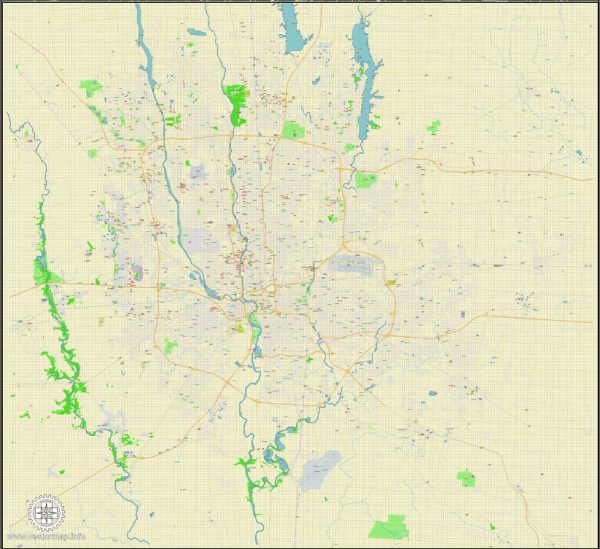
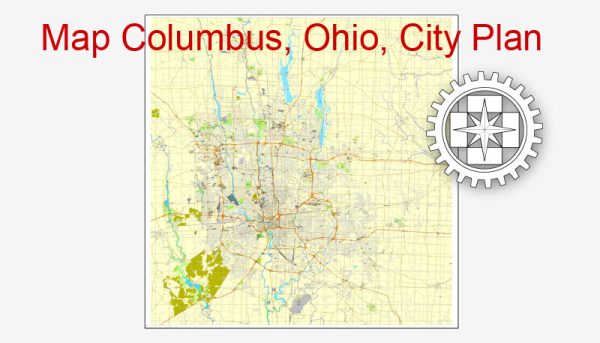
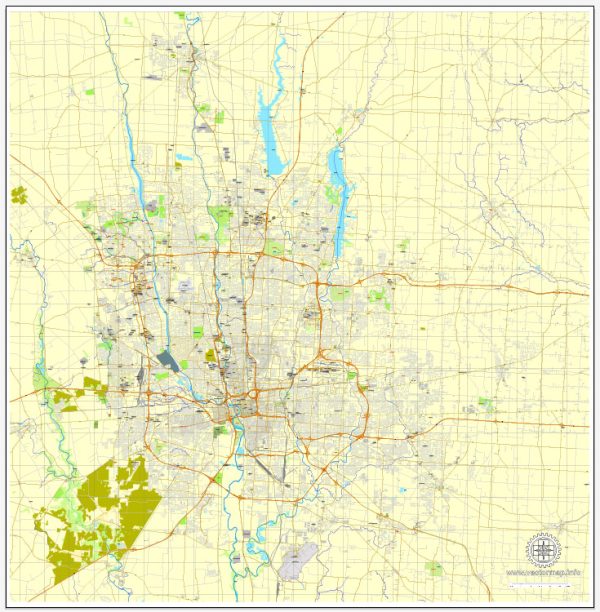
 Author: Kirill Shrayber, Ph.D.
Author: Kirill Shrayber, Ph.D.